Encountering a snake in the wild can be both fascinating and frightening. While most snakes pose little threat to humans, venomous species deserve our utmost respect and caution. Identifying whether a snake is venomous could potentially save your life during an unexpected encounter. Nature has equipped venomous snakes with distinct characteristics that serve as warning signals to potential predators and, fortunately for us, observant humans. This article explores seven key indicators that might help you recognize a venomous snake, though it’s important to remember that exceptions exist for almost every rule in nature. Understanding these warning signs can help you make better decisions when you cross paths with these remarkable but potentially dangerous reptiles.
The Elliptical Pupil Pattern
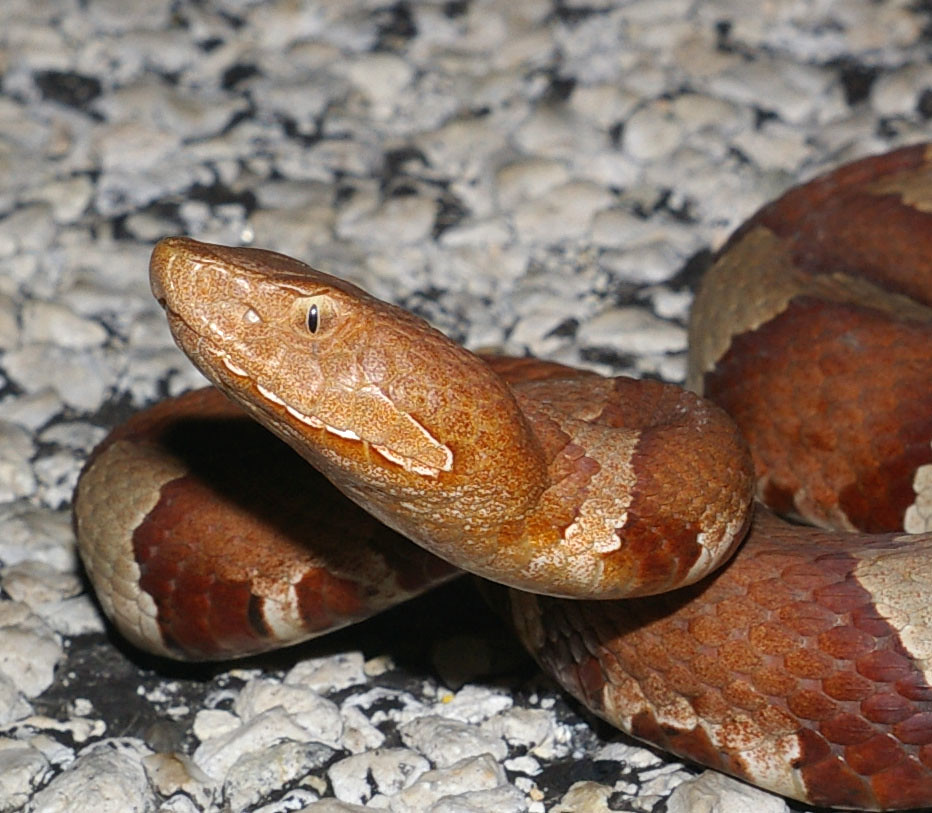
One of the most reliable indicators of a venomous snake is the shape of its pupils. Many venomous snakes, particularly vipers like rattlesnakes and copperheads, have distinctive vertical, elliptical pupils that resemble those of a cat. These slit-like pupils typically indicate a nocturnal predator and are commonly associated with venomous species in North America and Europe. In contrast, most non-venomous snakes have round pupils similar to humans. However, this rule requires close observation (from a safe distance) and has notable exceptions—coral snakes, which are highly venomous, actually have round pupils, while some harmless species like fox snakes can have slightly elliptical pupils in bright light.
Triangular or Spade-Shaped Head
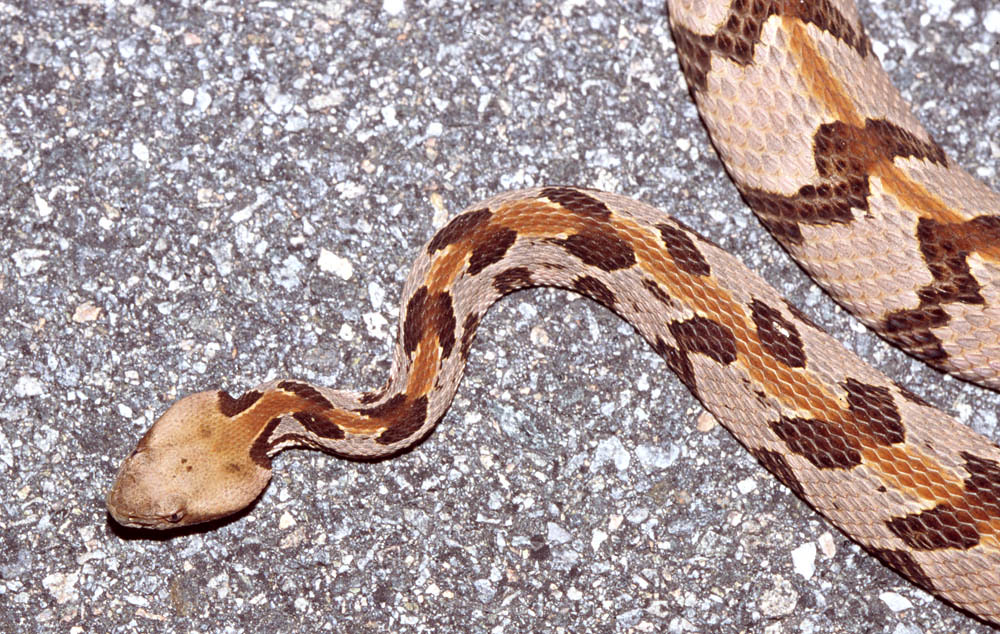
Venomous snakes often display a distinctly triangular or spade-shaped head that’s noticeably wider than their neck. This characteristic head shape accommodates the venom glands positioned behind the eyes and gives pit vipers their iconic “arrowhead” appearance. Rattlesnakes, copperheads, and cottonmouths all demonstrate this feature quite prominently. The distinct shape creates a sort of “neck” behind the head, making the transition from head to body appear more dramatic than in non-venomous species. However, it’s worth noting that many non-venomous snakes can flatten their heads when threatened, creating a similar triangular shape as a defensive mimicry, so this sign shouldn’t be used in isolation.
Facial Pits or Heat-Sensing Organs
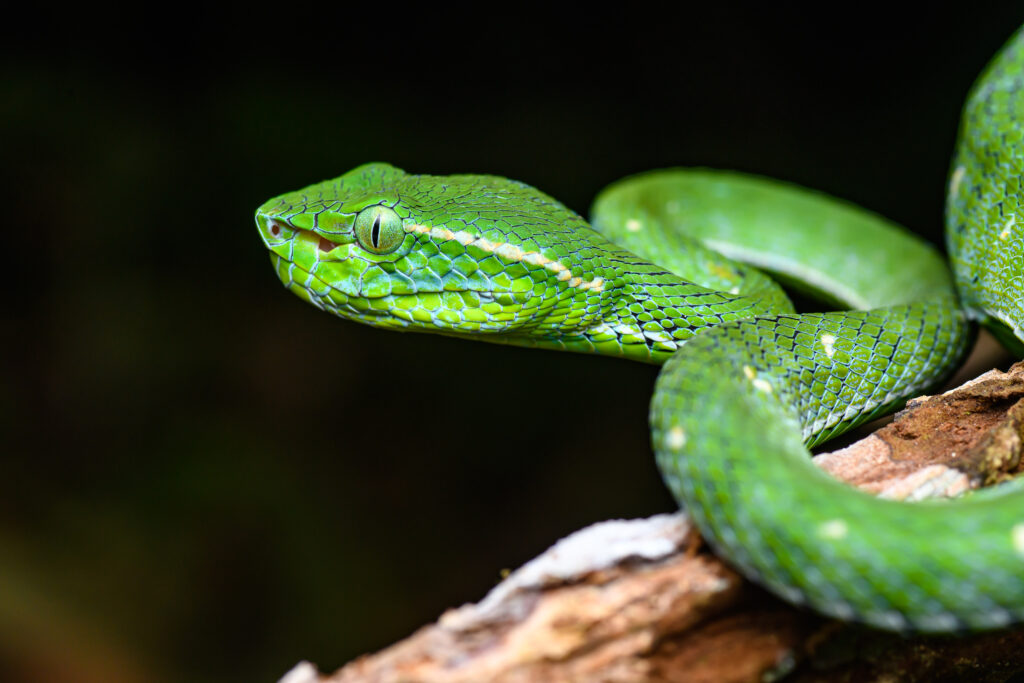
Pit vipers—a large family of venomous snakes including rattlesnakes, copperheads, and water moccasins—possess special heat-sensing organs called loreal pits. These small openings are located between the eye and nostril on each side of the snake’s head and appear as distinct depressions or “pits.” These sophisticated organs act essentially as infrared detectors, allowing the snake to sense the body heat of nearby prey, even in complete darkness. This remarkable adaptation gives pit vipers an incredible hunting advantage, enabling them to strike with precision at warm-blooded prey. The presence of these facial pits is a definitive characteristic of this family of venomous snakes and not found on non-venomous species.
Rattles or Specialized Tail Features
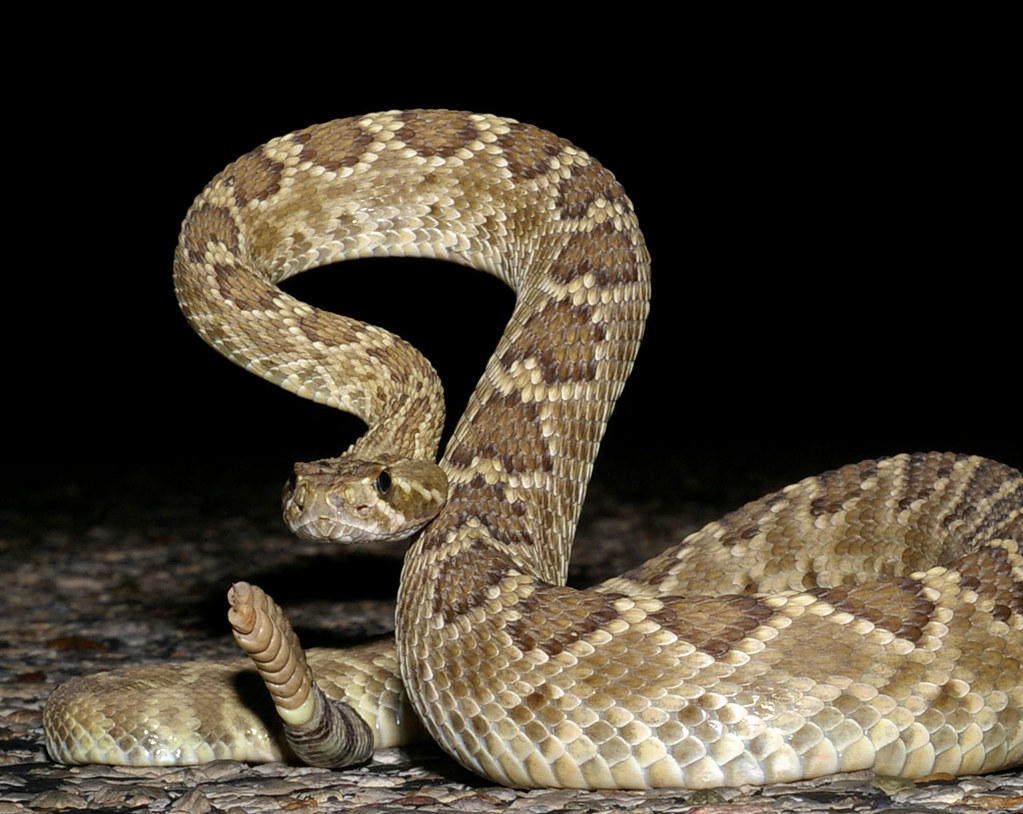
Perhaps the most famous warning sign of a venomous snake is the rattle possessed by rattlesnakes. This distinctive adaptation consists of interlocking segments of keratin (the same material as human fingernails) that create the characteristic buzzing sound when vibrated. Young rattlesnakes begin with a single button and add a new segment each time they shed their skin. Beyond rattlesnakes, other venomous species often have distinctive tail features as well—cottonmouths may vibrate their tails in leaves to mimic a rattlesnake, while copperheads might display a bright yellow or greenish tail tip as juveniles. These specialized tail adaptations often serve as warning mechanisms to potential predators.
Bright, Contrasting Color Patterns
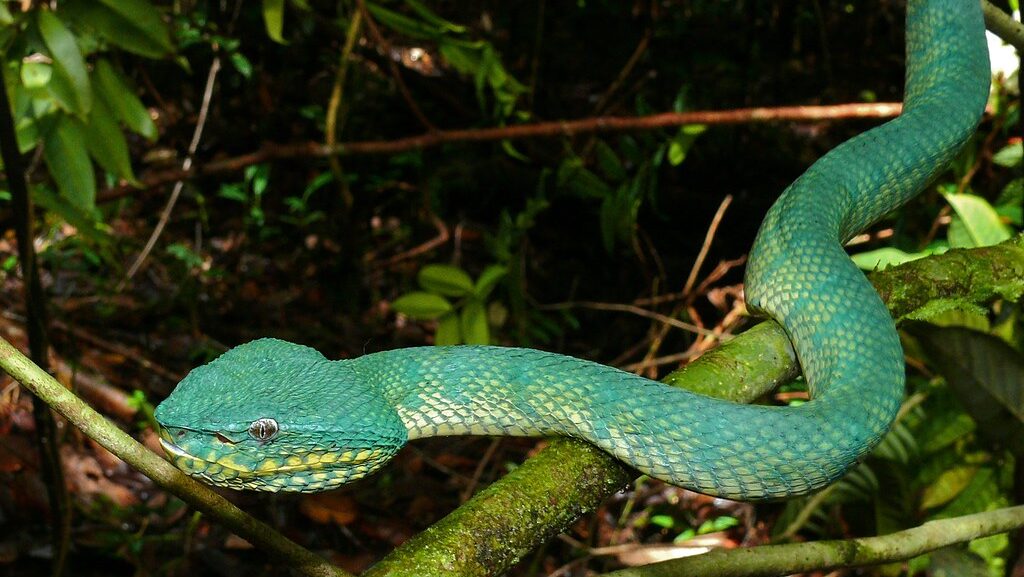
Nature often uses vivid coloration as a warning signal, and many venomous snakes follow this pattern with bright, contrasting colors that advertise their dangerous capabilities. The coral snake’s famous red, yellow, and black bands are perhaps the most recognized example of this warning coloration, immortalized in the rhyme “red touch yellow, kill a fellow.”
Similarly, many pit vipers display bold patterns and contrasting colors that stand out against their natural environments. These striking color combinations serve as a warning to potential predators, essentially communicating “stay away” through visual signals. However, this indicator can be complicated by numerous harmless species that have evolved to mimic venomous ones precisely to benefit from this defensive advantage.
Single Row of Subcaudal Scales
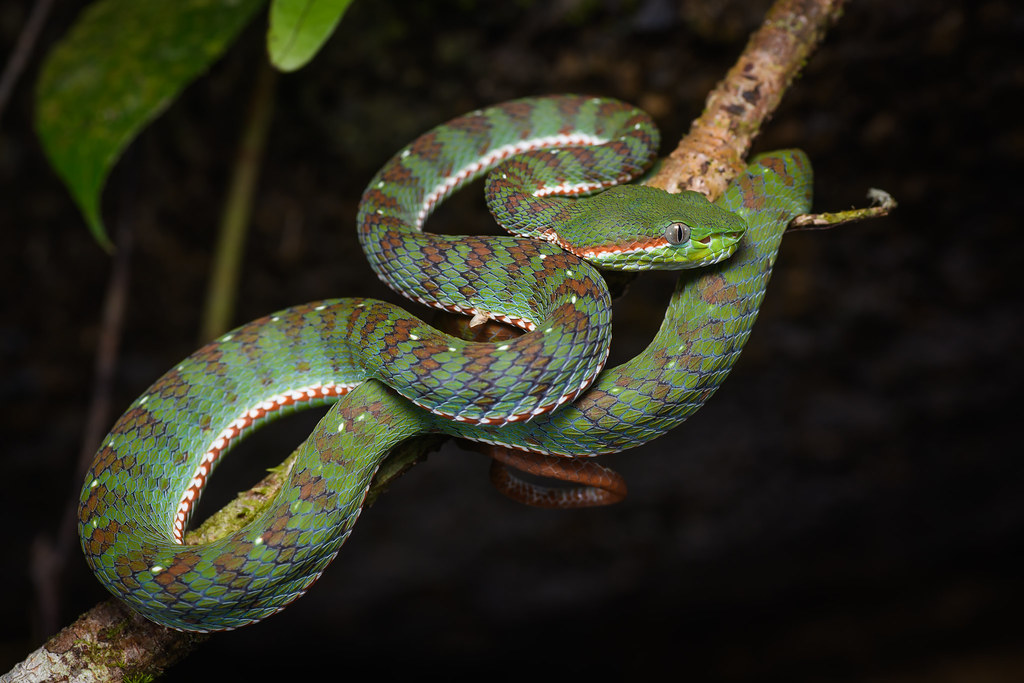
For those willing to get technical with snake anatomy (from a safe distance), the arrangement of scales on the underside of a snake’s tail can provide valuable identification clues. Many venomous snakes, particularly pit vipers, have a single row of subcaudal scales from the cloaca (the exit point for waste and reproductive materials) to the tip of the tail. In contrast, most non-venomous snakes possess a double row of these scales. This difference reflects deeper anatomical distinctions and can be a reliable identifier when other signs are ambiguous. Though this feature requires closer examination than most people would be comfortable with, wildlife professionals and herpetologists often use this characteristic for definitive identification.
Defensive Posture and Behavior
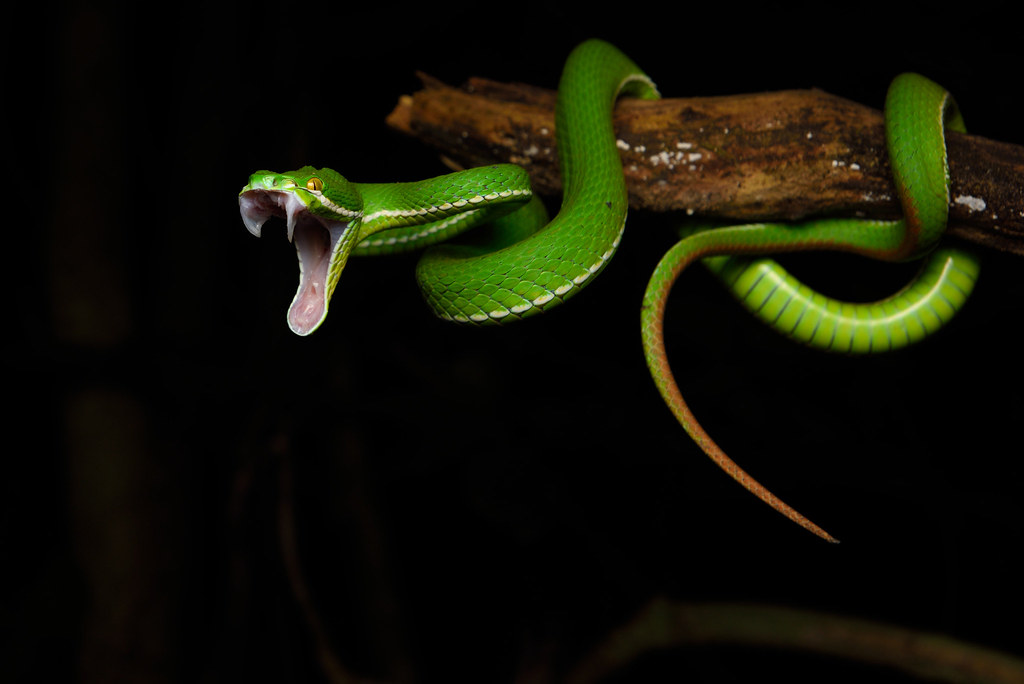
The behavioral cues a snake displays when encountered can provide significant insights into whether it’s venomous. Many venomous species adopt distinctive defensive postures when threatened—coiling tightly with raised head, producing warning sounds like hissing or rattling, and maintaining a tense body ready to strike. Cottonmouths are notorious for their defensive display, which includes opening their mouth wide to expose the white lining that gives them their name.
Similarly, many venomous snakes will stand their ground rather than flee when confronted, as they have venom as a defensive backup. However, defensive behavior varies widely among individual snakes, and many non-venomous species have evolved to mimic these defensive displays as a survival strategy.
Geographic Location Considerations
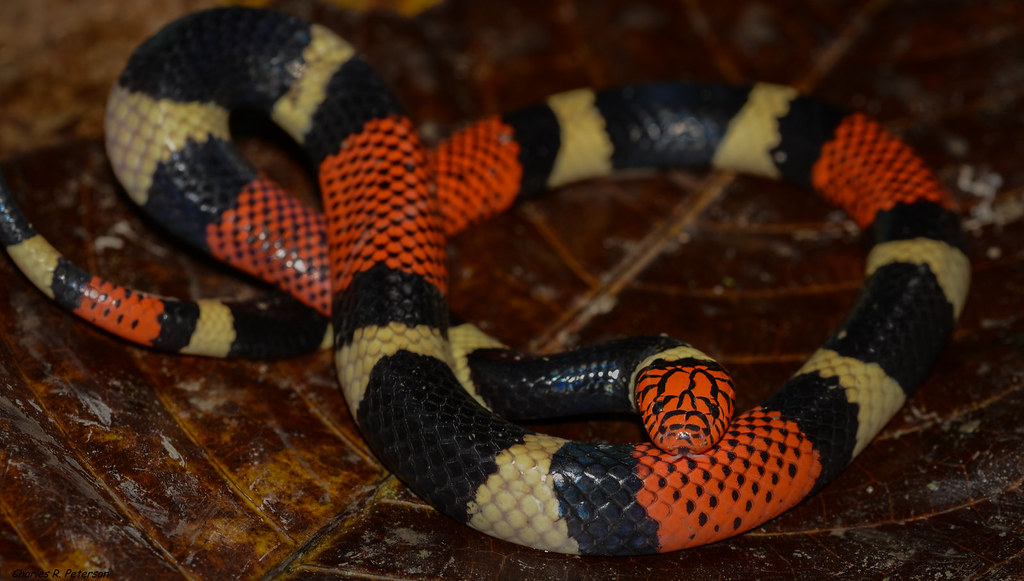
Understanding which venomous snakes inhabit your region can significantly narrow down identification possibilities during an encounter. For example, in North America, knowing whether you’re in rattlesnake, copperhead, cottonmouth, or coral snake territory provides crucial context for identifying potential threats. The Sonoran Desert hosts different venomous species than the Florida Everglades or Appalachian Mountains. Regional field guides are invaluable resources for understanding local snake populations and their specific identifying characteristics. Additionally, some areas have no venomous snakes at all—much of Alaska, Maine, and Hawaii are free from native venomous snake species, which is valuable knowledge for outdoor enthusiasts in these regions.
The Limitations of Physical Identifiers
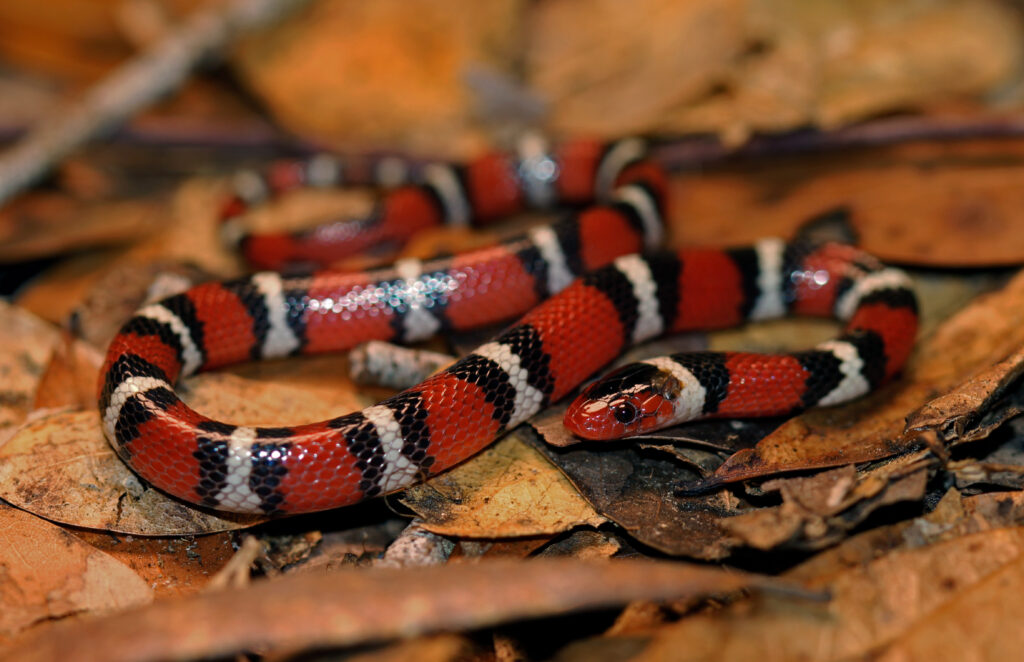
While the warning signs discussed provide valuable guidance, nature rarely follows absolute rules, and exceptions abound in snake identification. Many non-venomous snakes have evolved mimicry adaptations that replicate the warning signs of venomous species—a perfect example is how the harmless scarlet king snake mimics the deadly coral snake’s coloration. Similarly, juvenile snakes often look different from adults, and regional variations within species can be significant. Environmental factors like recent shedding, injury, or unusual lighting can also obscure identifying features. These limitations highlight why maintaining a safe distance from any unidentified snake is the wisest approach, regardless of perceived warning signs.
Technology-Aided Identification

Modern technology has revolutionized snake identification for the average outdoor enthusiast. Numerous smartphone apps now exist that can help identify snake species from photographs, providing instant information about whether a particular snake is venomous. Some advanced applications even incorporate machine learning algorithms that improve identification accuracy over time. Additionally, many wildlife agencies and herpetological societies offer hotlines or digital resources where experts can help with snake identification from submitted photos. These technological solutions offer a much safer alternative to close-up examination and can provide peace of mind when encountering snakes in natural settings.
What to Do When You Encounter a Snake
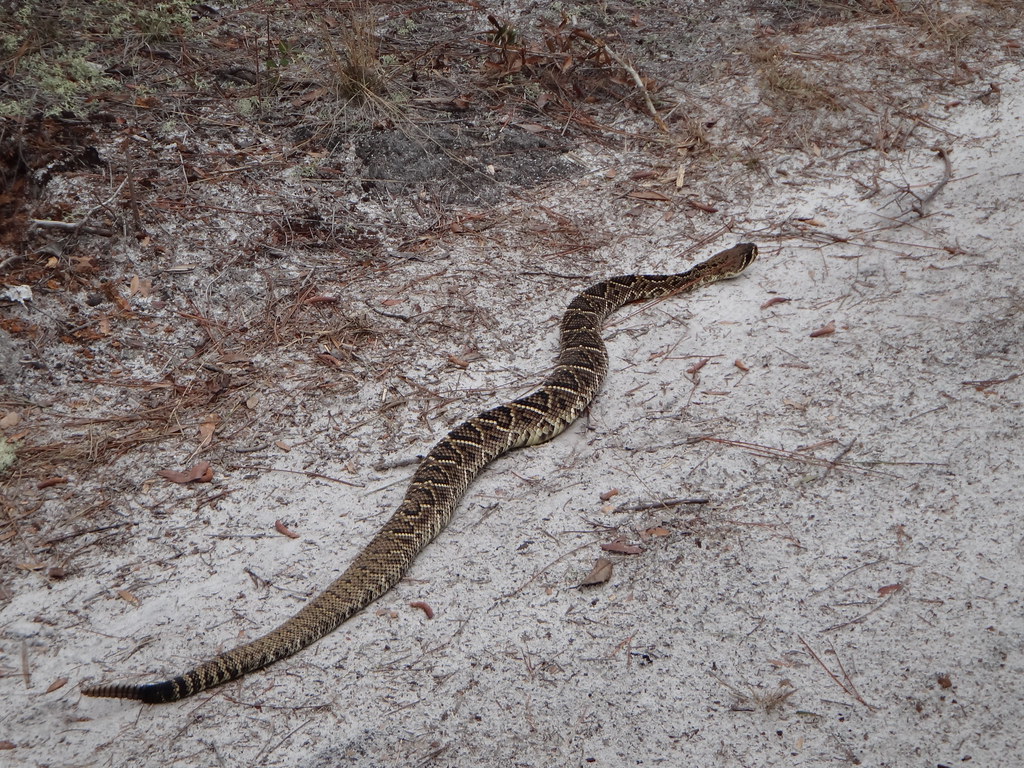
Regardless of whether a snake displays venomous warning signs, the safest approach during any snake encounter is to maintain a respectful distance. Even experts recommend staying at least two snake-lengths away, as many venomous species can strike up to half their body length. If you encounter a snake, the best course of action is to slowly back away without making sudden movements that might trigger a defensive response. Never attempt to handle, kill, or provoke a snake, as this dramatically increases the risk of a defensive bite. Remember that snakes generally avoid human confrontation and will typically retreat if given the opportunity and space to do so safely.
First Aid for Snake Bites
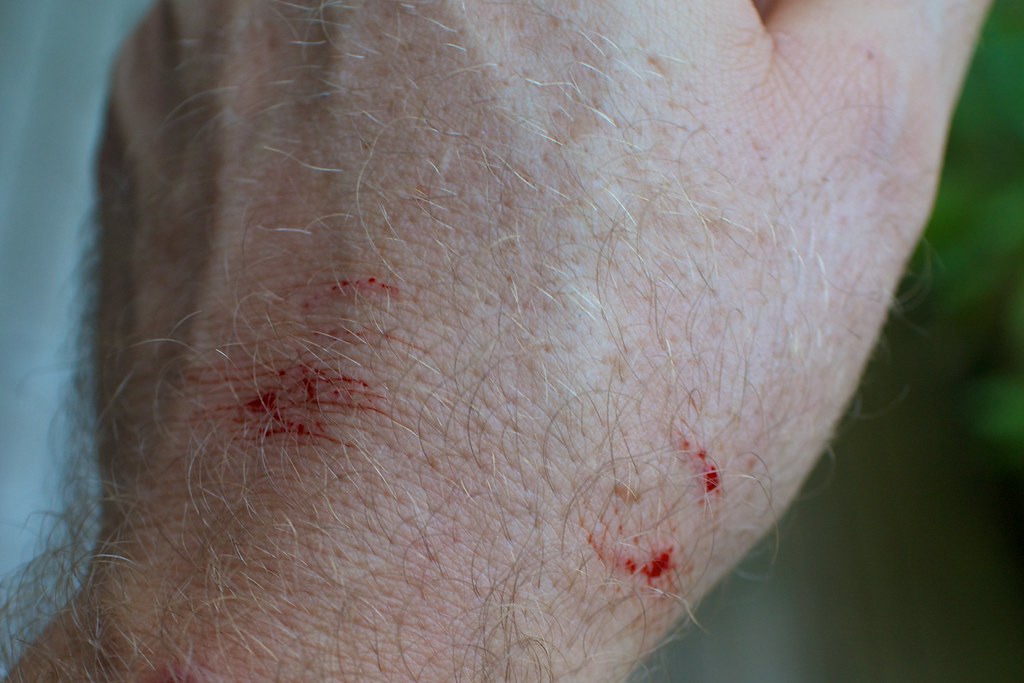
Understanding proper first aid for snake bites is crucial knowledge for anyone who spends time in snake territory. If a bite occurs, modern medical guidance emphasizes keeping the victim calm and still to slow venom spread, removing any constrictive items like jewelry or tight clothing near the bite site, and seeking immediate medical attention. Contrary to outdated advice, experts now advise against cutting the wound, attempting to suck out venom, applying tourniquets, or using ice on the bite area, as these methods can cause additional harm. The most important action is getting the victim to a hospital quickly, as antivenom treatment is the most effective response to venomous snake bites. If possible, a photo of the snake (taken safely) can help medical professionals identify the appropriate treatment.
Conservation and Respect
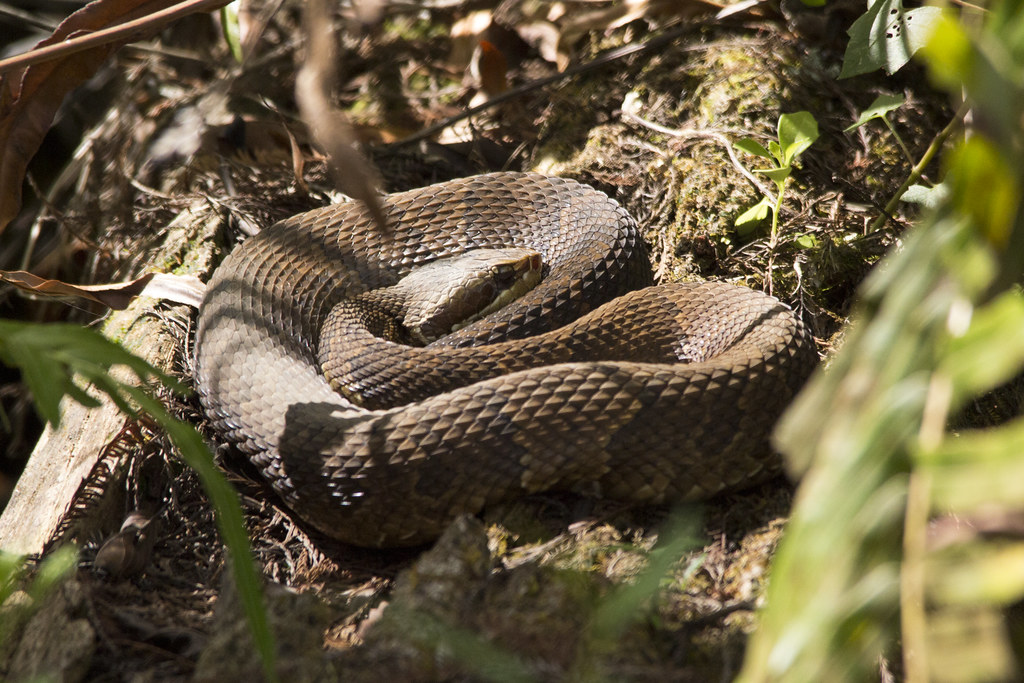
Despite the potential danger they pose, venomous snakes play vital ecological roles and deserve conservation consideration and respect. These remarkable reptiles serve as essential predators that help control rodent populations, which can spread disease and damage crops. Many venomous snake species face population threats from habitat loss, persecution, and climate change.
Additionally, venom research has led to numerous medical breakthroughs, with compounds from snake venom now used in medications for conditions ranging from heart disease to chronic pain. Understanding how to identify venomous snakes should promote respectful coexistence rather than fear-based persecution. With proper knowledge and reasonable precautions, humans and venomous snakes can share landscapes safely.
Identifying venomous snakes through these warning signs can help you make informed decisions during unexpected encounters. While no single characteristic is completely foolproof, understanding these seven indicators—elliptical pupils, triangular heads, facial pits, specialized tails, warning coloration, single subcaudal scales, and defensive behaviors—significantly improves your ability to recognize potentially dangerous species. However, the most important rule remains: give all snakes their space, regardless of whether you can identify them. Snakes, venomous or not, play crucial roles in our ecosystems and generally avoid human interaction when possible. With knowledge, respect, and appropriate caution, we can safely appreciate these fascinating reptiles from a distance that keeps both species comfortable.


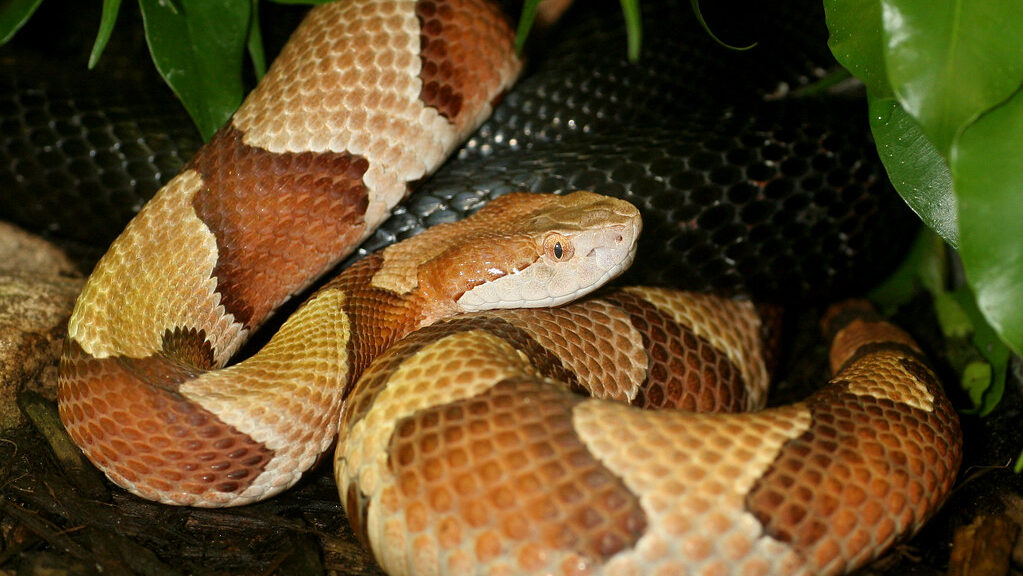
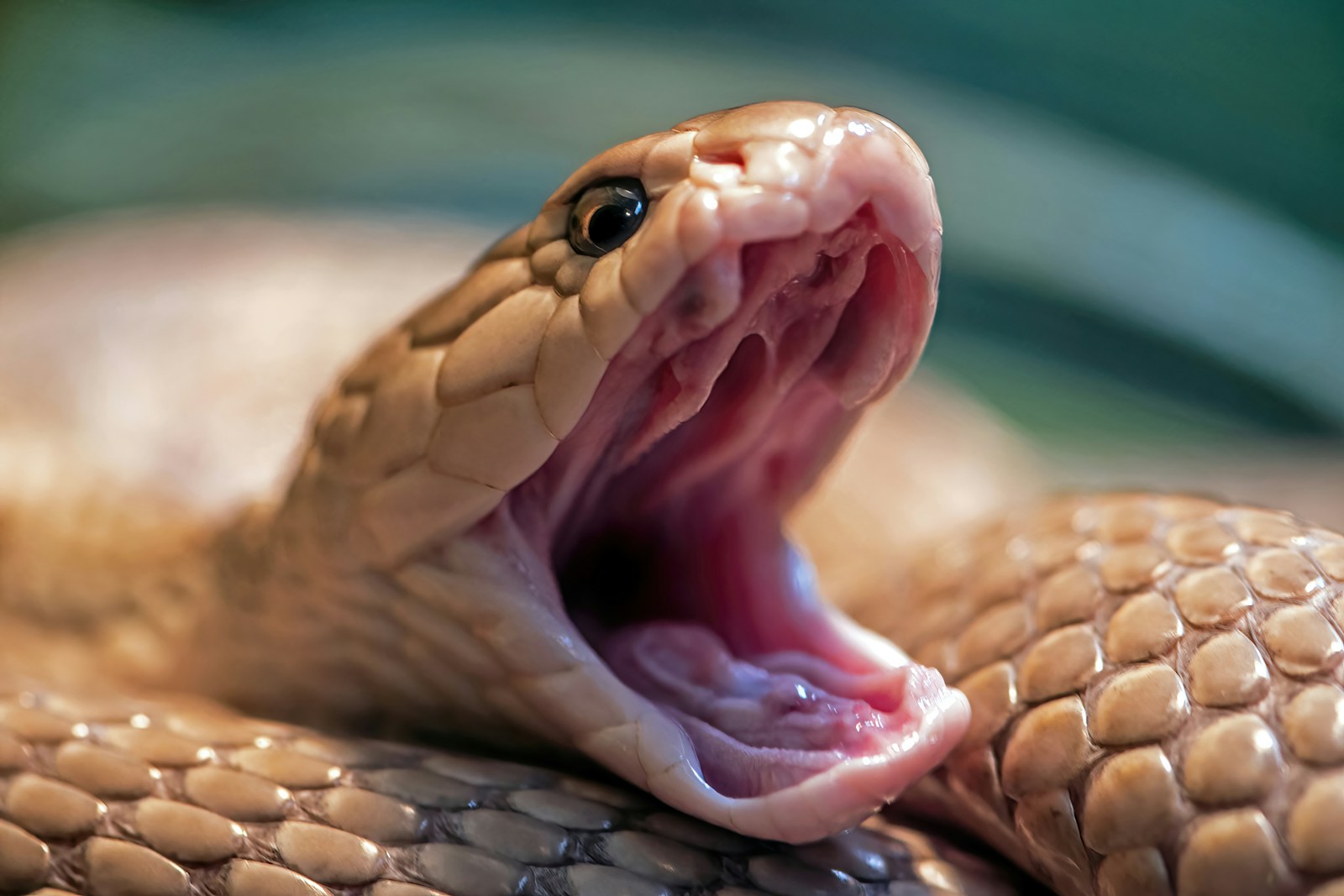
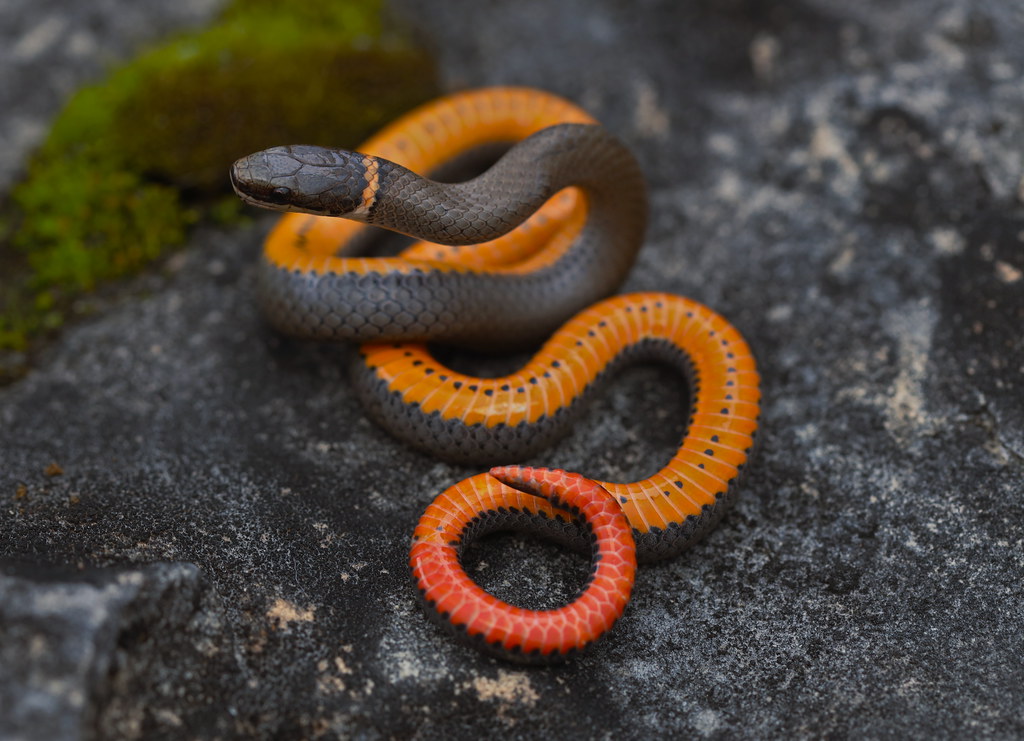
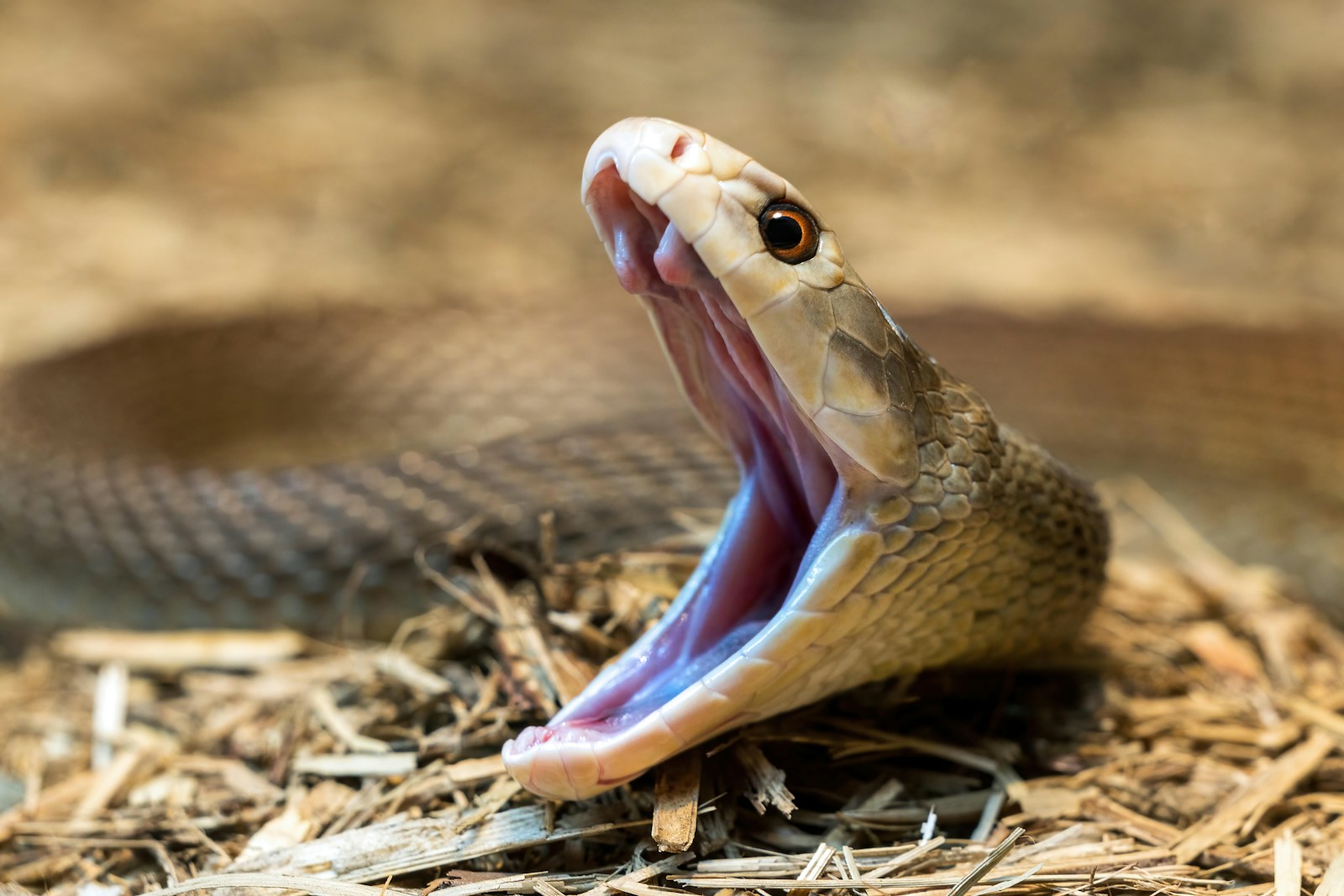

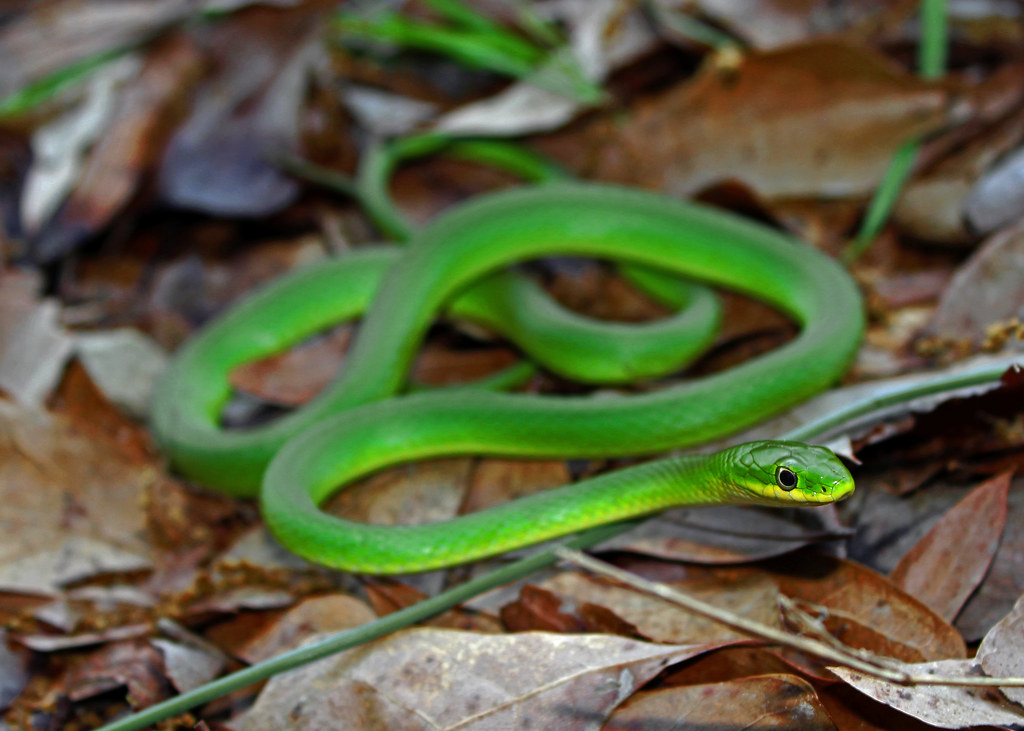


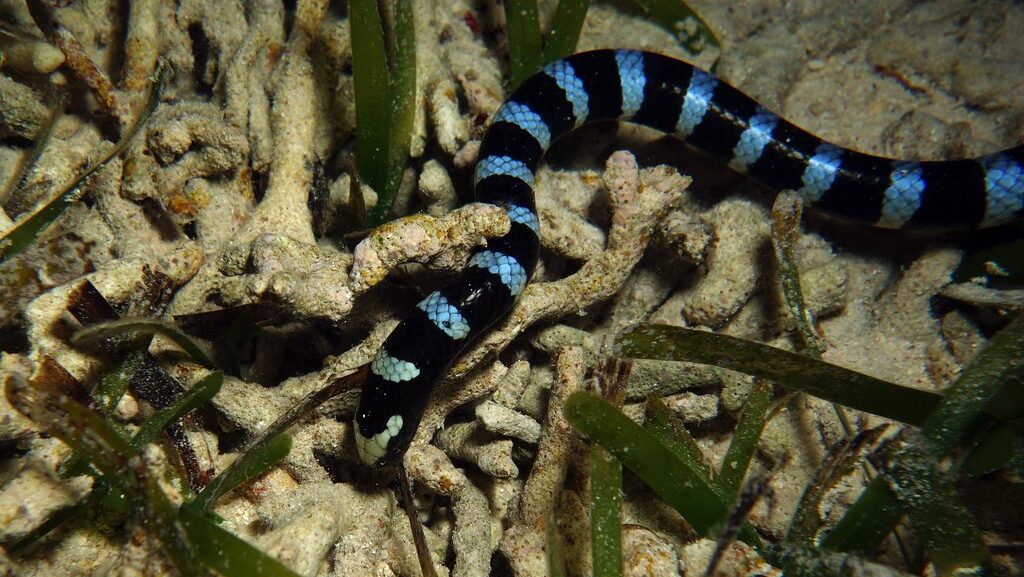



Leave a Reply